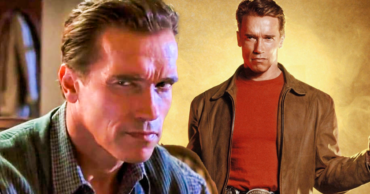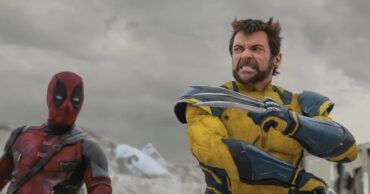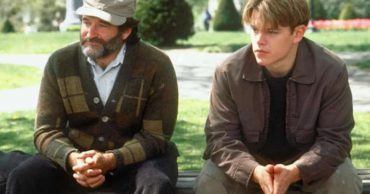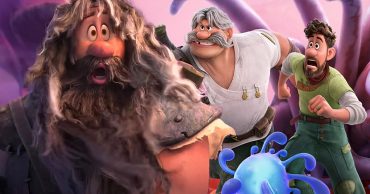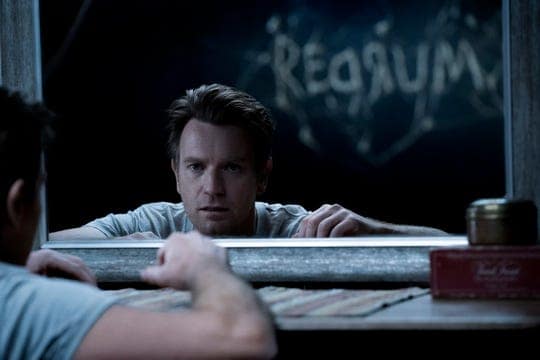
When Stanley Kubrick released his version of Stephen King’s popular novel, The Shining, it was blasted by many critics and fans who hated the fact that Kubrick deviated from the source material. However, as time passed by, it was eventually appreciated, especially since King failed to adapt his own source material properly in 1997. Nearly 40 years later, Mike Flanagan helmed the sequel, Doctor Sleep, which stars Ewan McGregor as Danny Torrance; The film showcases him struggling with alcoholism due to Danny being traumatized over the events that took place at the Overlook Hotel. Eventually, Danny realizes that he has a special gift called shine; however, there’s a cult that feeds off the powers of the innocents to become immortal. The sequel was mostly met with positive reviews, with the current rotten tomatoes score being at a solid 78%. Given its $40 million price tag, Doctor Sleep didn’t particularly have the small budgets most horror films had, so it needed a solid run at the box office. Unfortunately, it made less than $15 million domestically during the opening weekend and ultimately garnered nearly $73 million worldwide. Doctor Sleep is far from a big financial flop, but given the intellectual property, the lackluster return is surely disappointing. So, what happened? Let’s examine the reasoning of the bomb known as Doctor Sleep.
The Shining Was A Cult-Favorite, Not A Mainstream Sensation
The Shining wasn’t a box office sensation. The time period was obviously different as movies weren’t making $1 billion per year; however, the box office total for the feature was $40 million. Considering the fact that The Shining was only made for $19 million then that was a success by horror standards; however, $40 million is still a lackluster number. The key factor about The Shining is that it doesn’t have mainstream appeal. The Stanley Kubrick film is in the realm of psychological horror, so it’s more of a slow burn feature that doesn’t contain much violence and gore. Sure, The Shining has several iconic images, but it’s not the type of mainstream horror film that casual moviegoers find appealing. Despite the differences in the way horror was released during that time, movies like A Nightmare on Elm Street or Halloween satisfied the horror thirst that casual audiences love. There’s a reason slashers have mainly dominated the horror genre in Hollywood. They give cheap thrills that mostly focus on blood and body count over story and characterization. Doctor Sleep is pretty same way as its predecessor. The film itself is actually a really good feature with some fun callbacks, but most deemed the slow aspects as plodding and boring. Despite it being a good novel adaptation that’s more in line with its source material, the buzz for The Shining sequel just wasn’t there to begin with.
The New Generation Doesn’t Know Too Much About The Shining
The Shining isn’t known much in pop culture these days like The Godfather or The Exorcist. Sure, you’ll see movies and commercials reference the cult favorite here and there, but it’s been nearly 40 years since the brand has been showcased in the movie market. Despite the countless of terrible sequels/reboots, Halloween, Friday The 13th, Texas Chainsaw Massacre, and The Exorcist have managed to keep their brands it the spotlight. These movies are consistently referenced in the mainstream and actually appeal to the senses of casual moviegoers. Films similar in tone and pace such as The Witch or Midsommar weren’t box office sensations either, making less than $50 million worldwide each. The novel wasn’t much of a known entity until the announcement of a feature following its original release in 2013. Even then, the name doesn’t share any ties to the original Stanley Kubrick film. I applaud studios from not changing the name but given that The Shining wasn’t exactly a hot commodity during its initial run, it would’ve help if the name somehow tied audience into knowing that it was a sequel to the Jack Nicholson classic. Considering how lackluster the box office totals were for that weekend, which saw Midway shoot to number one with $17.5 million, this should’ve been an easy steal for the sequel. Joker’s popularity was cooling off and Terminator: Dark Fate and Zombieland: Double Tap weren’t taking off the way that studios hoped for. As I previously stated, Doctor Sleep is a strong film. It doesn’t repeat the typical horror movie patterns and its rich with nice characterization. At the end of the day though, it doesn’t have the iconic imagery of its predecessor and the ending does lure into the previous installment a little too much.Stanley Kubrick
 Follow Us
Follow Us
